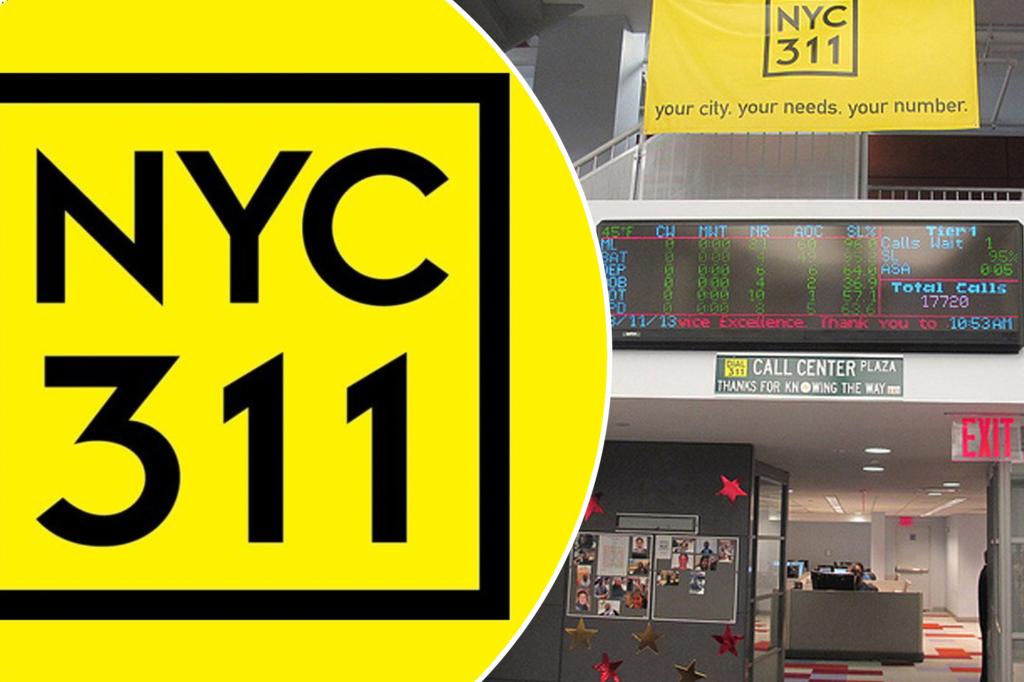The cacophony of New York City, a metropolis renowned for its vibrant energy and ceaseless activity, has cemented its reputation as the city that never sleeps, and perhaps more aptly, the city that never shuts up. An in-depth analysis of 311 data, the city’s non-emergency complaint line, reveals a striking truth about life in the Big Apple: noise reigns supreme as the number one grievance among residents. From December 1, 2023, to November 30, 2024, over 738,000 noise complaints flooded the 311 system, a staggering average of more than 2,000 calls per day. This deluge of complaints underscores the pervasive nature of noise pollution in the city and highlights the significant impact it has on the daily lives of New Yorkers. The data, sourced from NYC Open Data and the city’s Office of Technology and Innovation, provides a compelling snapshot of the urban challenges faced by residents and the persistent struggle for peace and quiet in a densely populated environment.
The sheer volume of noise complaints dwarfs all other categories logged by the 311 system. Since its inception in 2003, 311 has served as a crucial platform for residents to voice their concerns, ranging from high living costs and rampant rodent infestations to the relentless din of urban life. Historically, complaints have spanned a wide spectrum of urban issues, reflecting the complex tapestry of life in a major metropolis. However, the 2024 data reveals a clear and overwhelming trend: noise has risen to the forefront as the predominant concern. This surge in noise complaints suggests a growing intolerance for excessive noise and a heightened awareness of its detrimental effects on quality of life. The data serves as a stark reminder of the challenges inherent in balancing the vibrancy of urban life with the need for peaceful coexistence.
The sources of noise pollution in New York City are as diverse as the city itself. The 311 data categorizes noise complaints into several distinct types, including street/sidewalk noise, vehicle noise, and helicopter noise, among others. This granular breakdown allows for a more nuanced understanding of the specific noise sources that plague residents and provides valuable insights for targeted interventions. The data reveals that residential noise constitutes the lion’s share of complaints, with over 356,000 requests filed across the five boroughs. This highlights the pervasiveness of noise within the very fabric of residential life, impacting the ability of New Yorkers to find respite even within their own homes.
Beyond the sheer volume of complaints, the 311 data also reveals the diverse nature of noise-related issues that plague New Yorkers. The data paints a vivid picture of a city grappling with a constant barrage of unwanted sounds, from the incessant honking of traffic to the roar of construction equipment and the late-night revelry of bustling neighborhoods. This cacophony of urban noise creates a stressful and disruptive environment for many residents, impacting their sleep, concentration, and overall well-being. The data underscores the urgent need for effective noise mitigation strategies to address this pervasive urban challenge and improve the quality of life for New Yorkers.
While noise dominated the 311 landscape in 2024, other urban woes continued to plague residents. The data reveals a range of complaints, from the mundane to the more unusual, highlighting the multifaceted nature of city living. Reports of public urination, illegal pets, and suspicious neighbor activity offer a glimpse into the daily challenges faced by New Yorkers and the various ways in which they rely on 311 to address these concerns. These complaints, though less frequent than noise-related issues, represent a significant aspect of urban life and underscore the importance of 311 as a vital resource for residents.
The accessibility of the 311 system plays a crucial role in its effectiveness as a tool for citizen engagement. New Yorkers can lodge complaints through various channels, including phone calls, online submissions, mobile app reports, and even text messages. This multi-platform approach ensures that residents can easily access the system and report their concerns regardless of their preferred communication method. The convenience and accessibility of 311 contribute to its widespread use and its effectiveness in capturing a comprehensive picture of urban issues. The data collected through 311 serves as a valuable resource for city agencies, providing insights into the needs and concerns of residents and informing policy decisions aimed at improving the quality of life in the city.










